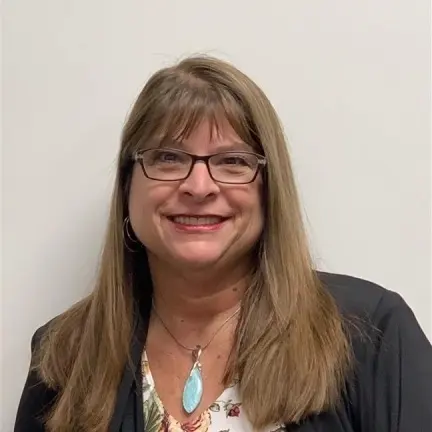Benefits of Virtual Learning
The online environment has made learning more accessible than ever. Students can enroll and study from anywhere, whether or not they live near a quality university.
Those with mobility or transportation issues don’t have to worry about making it to class. Students with unpredictable schedules or caregiving responsibilities can work toward their goals on their own time, without needing to let go of something else.
Thanks to eLearning technologies, students can enjoy these advantages without a loss of educational quality. In one study, 90% of students said online learning was as good for them as classroom learning — or better.
But videos and hands-on virtual learning tools don’t do the whole job. Students still need people behind them to help them along, especially when they’re working toward a major career change.
Virtual Student Support: Benefits and Challenges
One side effect of colleges going virtual is a more isolated — and distracted — student population.
Virtual learners are often at home, fitting their studies in with busy family and work lives. For many workforce grant recipients, a job search is also part of the picture. Without regular support, school can easily fall by the wayside.
Student support keeps learners connected and moving forward. It reminds them that they’re not alone and helps them stay motivated. But sometimes, student support services don’t evolve as fast as educational technology does.
Quality Student Support for Online Learning
Today’s eLearning students have access to all kinds of advanced learning tools — immersive training environments, 3D models, game-based learning, and more. But not all programs integrate quality personal support into this matrix.
It’s important to find a program that takes student support as seriously as curriculum. That means looking for programs that offer:
-
One-on-one help. Students should be able to talk to someone who knows their needs and unique situations, especially when they’re going through the stress of unemployment or a career change.
-
Career resources. Workforce grant learners need to know they’re moving toward their employment goals. Look for schools with robust career services like job databanks, interview prep, and job search assistance.
-
Regular check-ins. With colleges going virtual, students have fewer chances to talk to classmates and instructors. Savvy eLearning providers know this and offer regular check-ins to see how students are doing.
-
Personalized coaching. Schools should base support on a student’s performance and individual situation, not on a prescribed path.
These green flags show that a school truly cares about its eLearners.
Responding to Colleges Going Virtual
As an American Job Centers partner, MedCerts understands what workforce grant recipients need to succeed as online learners. Each MedCerts student has a dedicated student success advisor who knows their needs and goals. MedCerts also supports workforce case managers with tools like emailed progress reports and regional workforce management services. Call today and find out how we can help.
